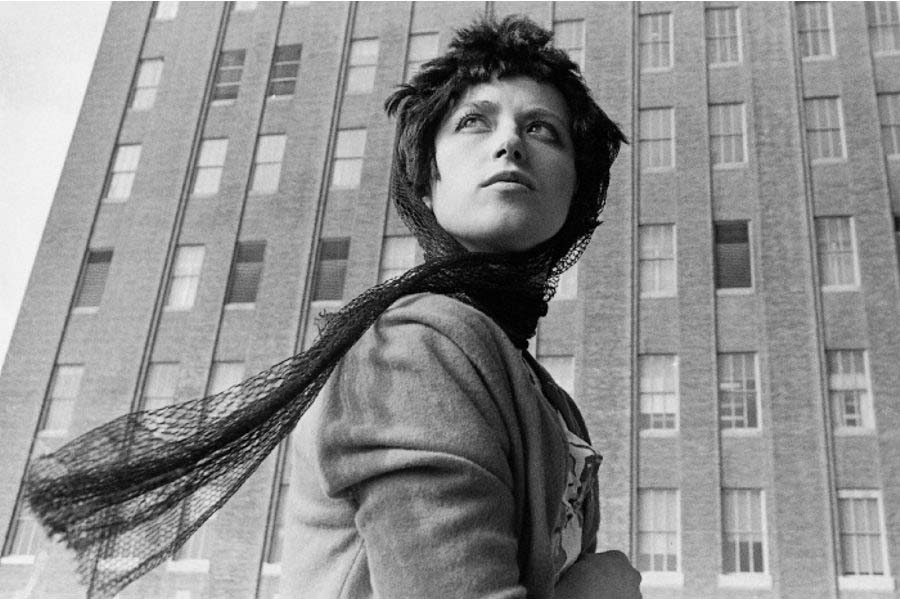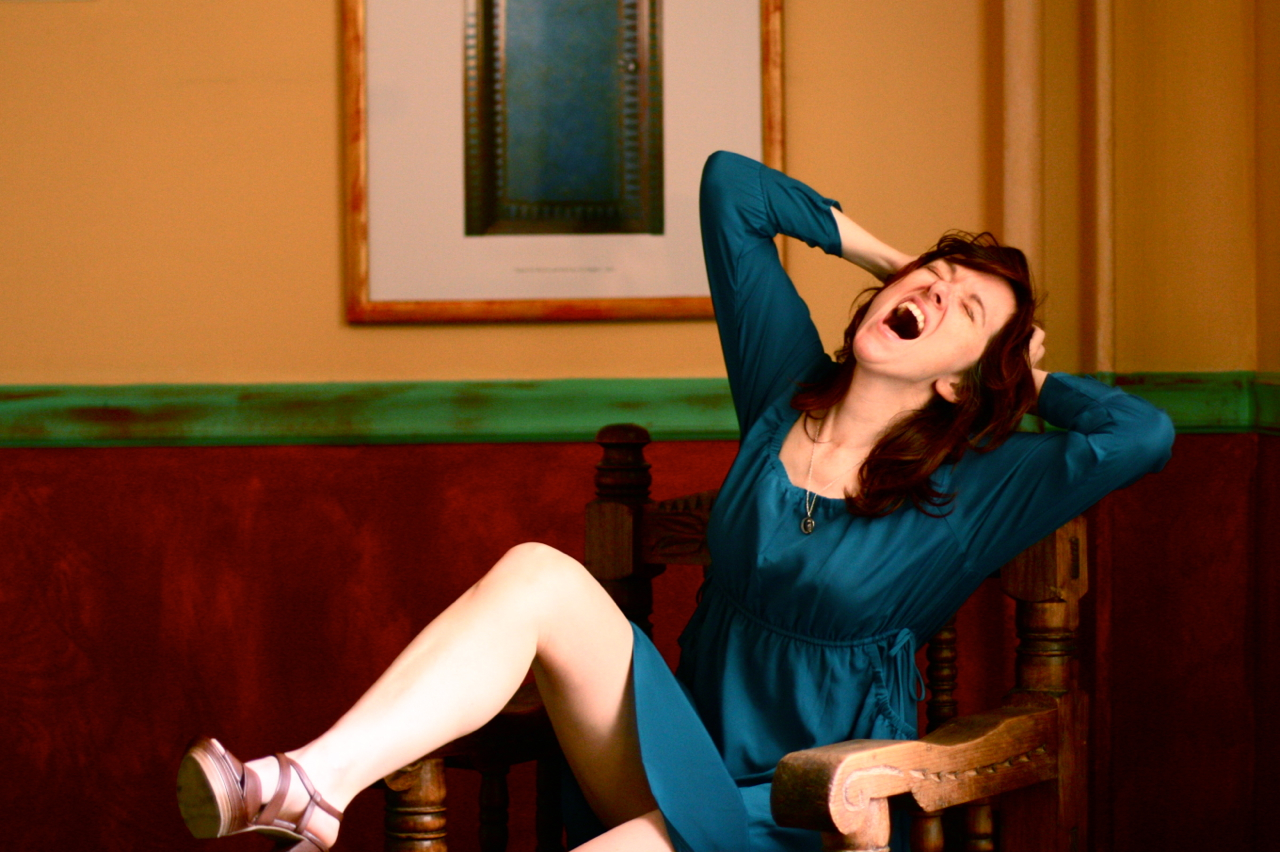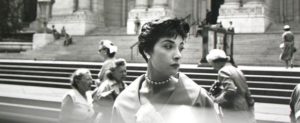tldr: Sherman at the Broad! and are selfies art? how is self-portraiture kinda like selfies?
I am unreasonably excited about the new Broad Museum in Los Angeles, which opened in September of last year, but less excited about the average wait time of two hours (!) to enter the place. I’d resigned myself to hoping that the wait time would decrease over time, and that I’d visit eventually. HOWEVER.
In a few days, the Cindy Sherman exhibit opens, with over one hundred of her works on display. As a fan of photography generally, and of her work, along with that of Carrie Mae Weems and Francesca Woodman, I’m tempted to jump on the chance to reserve tickets, as admission is already booked through June. SIGH.

Sherman’s work is not without its issues, but I’m inspired by her inventiveness and flexibility as an artist. Her Film Stills in particular make me want to pick up a camera again (and if you have never seen James Franco’s homage to her work, it manages to be wry and earnest at the same time).

Her self-portrait work can certainly viewed in light of arguments condemning or celebrating the selfie as narcissistic or liberatory (see links below). Sherman, like Weems and Woodman, takes the self as the primary subject, presenting her body in a wide variety of contexts. She creates characters and caricatures; she invites, deflects and subverts the gaze of the viewer, to put it simplistically. As an adult versed a tad in visual theory and feminism, I enjoy looking for story and meaning behind Sherman’s careful compositions.
As a teen, I was fairly unschooled in visual theory but obsessed with black-and-white photography and often used my own body as subject. I vividly recall my father complaining that I couldn’t “do a regular pose like a normal person” while he attempted to get a snapshot of me in my flapper prom dress. Few of my own photos from that time remain, as many were lost or water-damaged before the advent of digital storage. But over the past few years, I’ve collaborated a bit with my partner-in-crime (or rather, in-life) to create a few images with which I’m fairly pleased.

Bodies in tension make for interesting composition, as do colors and contrasts, light and shadow and movement.

But I’m interested in the stories that photos tell, and I’m resistant to the notion that using one’s own body as subject is narcissism (or that selfies can’t be art or have liberating significance).

In fact, using oneself as subject is quite different from using the bodies of other people, which is often objectification. For example, as prolific and fascinating Vivian Maier might have been as an artist, as keen as her eye may have been to composition and story, she often photographed people around her without their knowledge, positioning herself as the teller of their stories.
Compare this photo of an unnamed woman photographed by Maier to one of the many “selfies” she took in mirrors:

To be clear, street photography has value. But if we’re going to be critical about what is intended by a work of art when the self is the subject, we should also consider the intent of the photographer’s gaze and the meaning produced.
For more on the critique of the selfie, this post contrasts internet selfie culture against Sherman’s work, arguing that the former is not art, whereas this from the same publication traces the roots of selfie culture to self-portraiture and the same to the advent of the mirror.